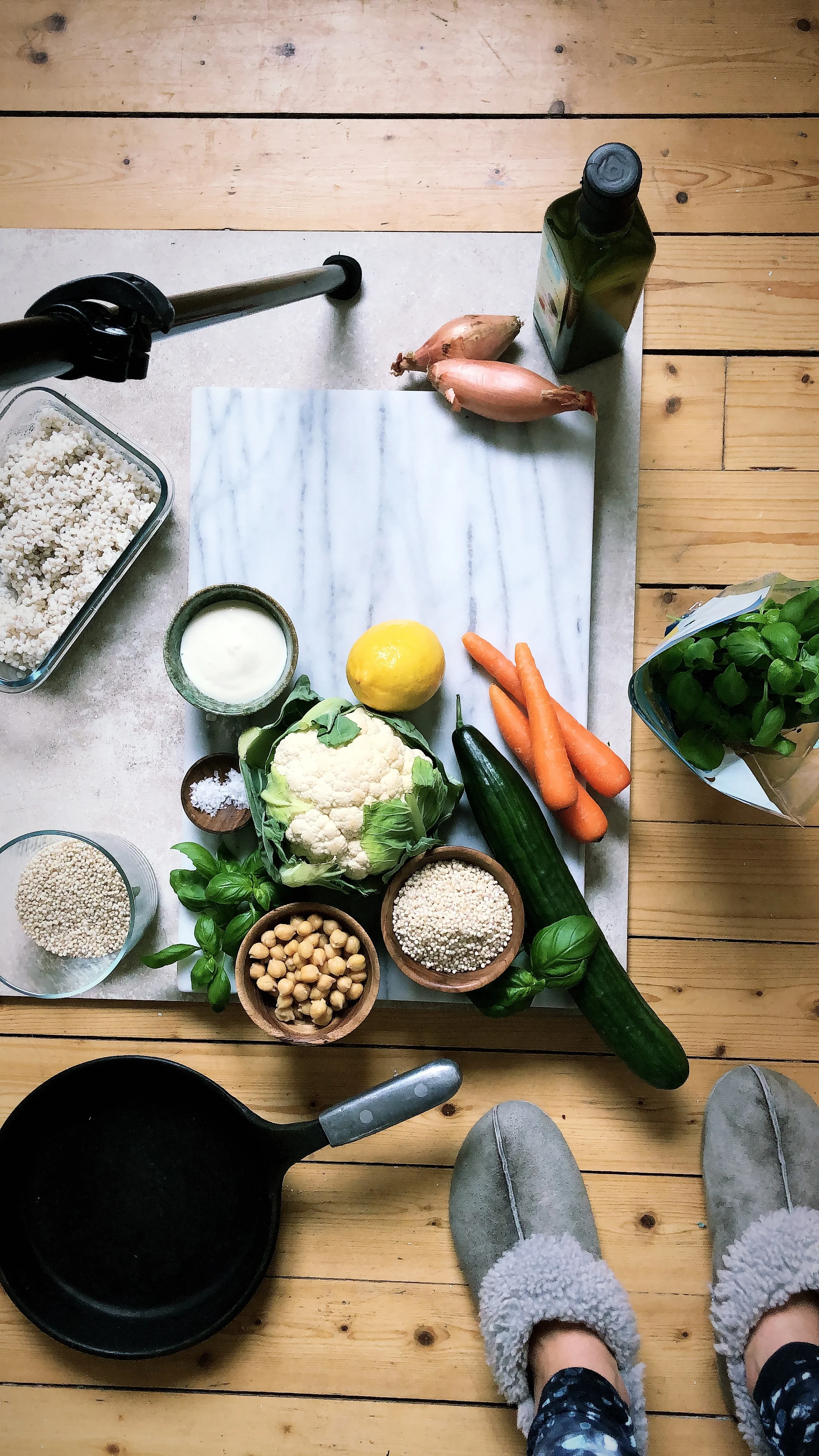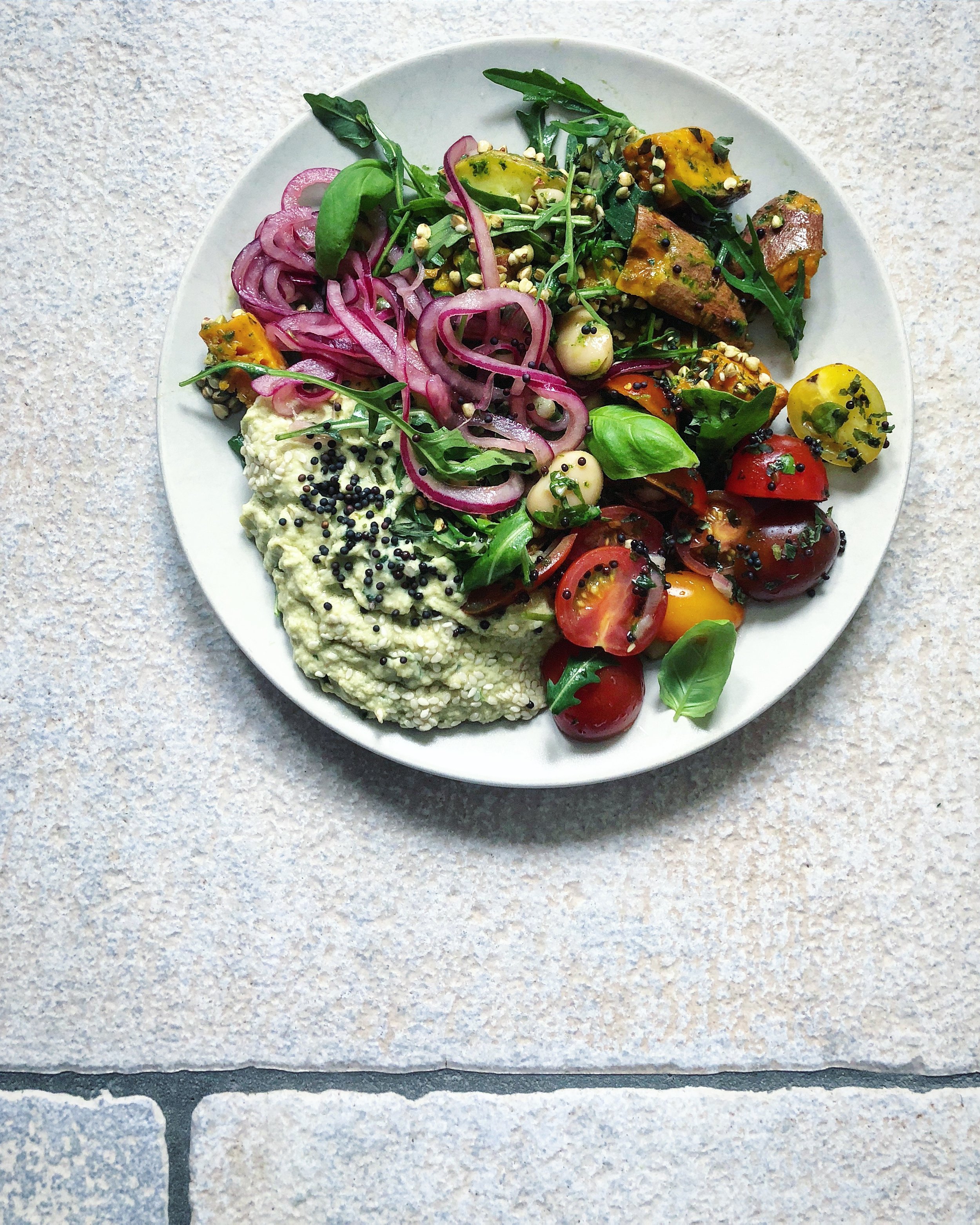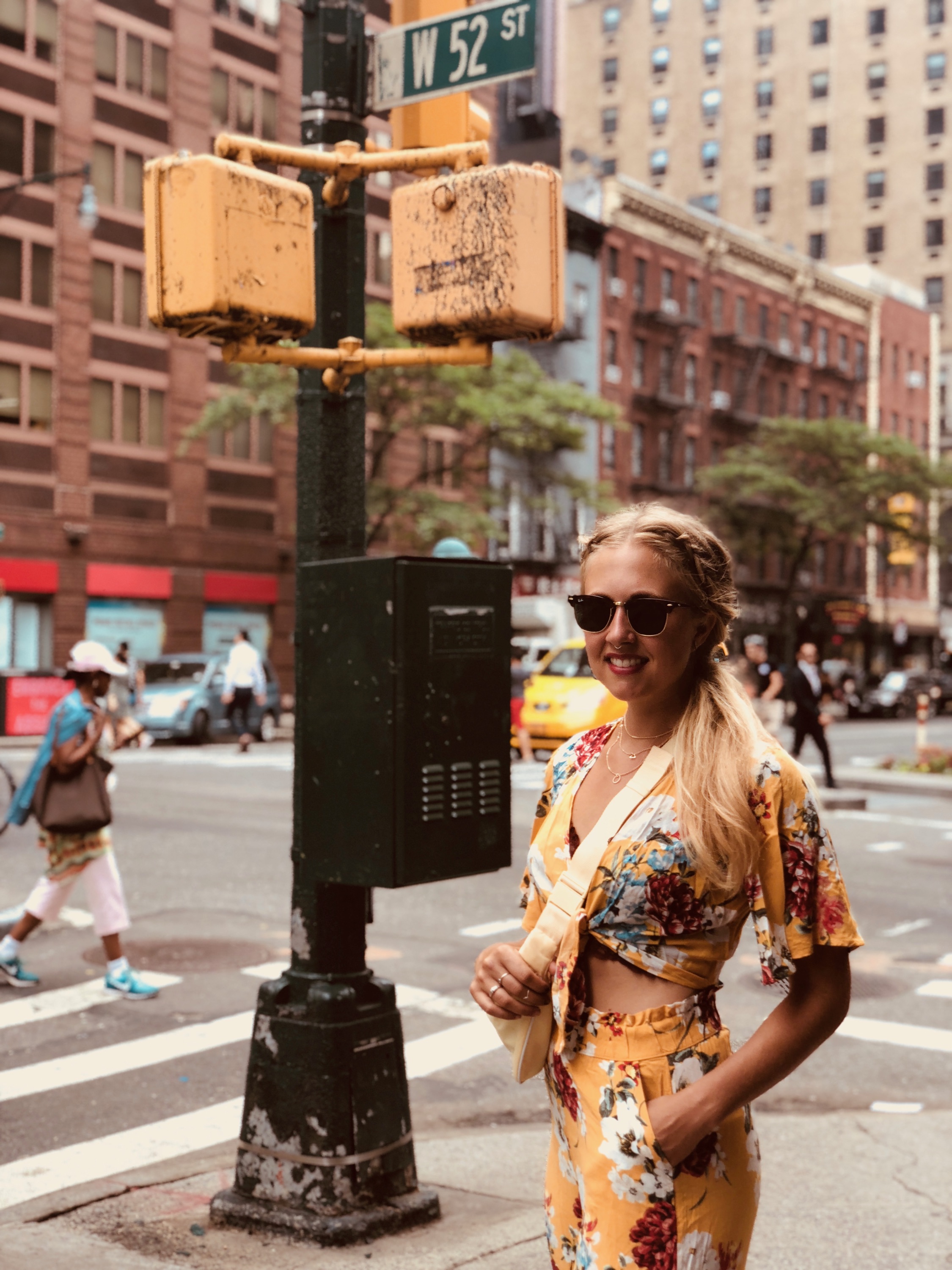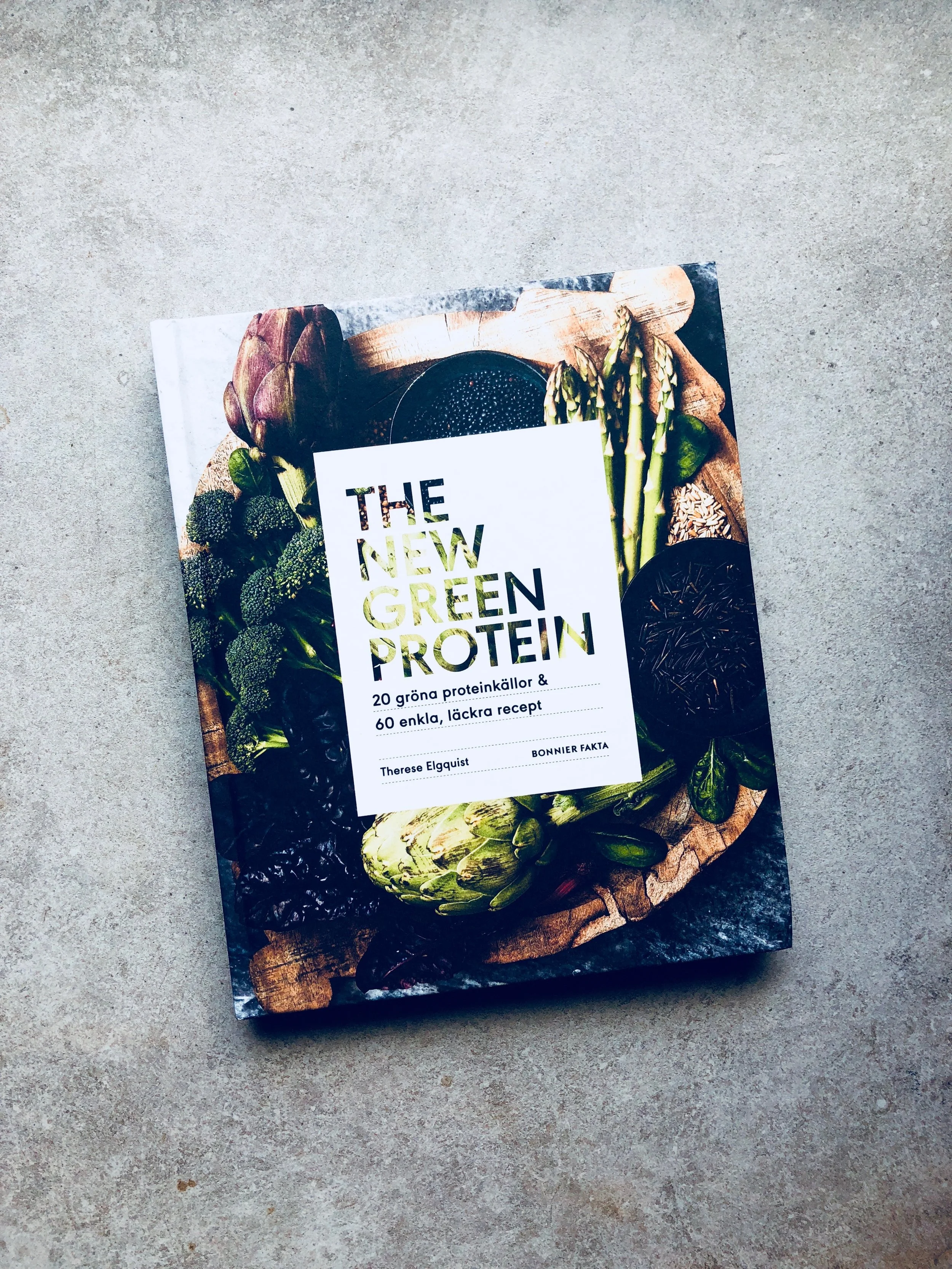How to write a cookbook pt.2
How to write a cookbook pt 2
Getting creative
Dreaming about pursuing that creative idea? About going from vision to final concept, and to share your ideas with as many as possible through a actual book that you could hold in your hands?
This is the second of two blog posts where I’m sharing my best tips and ideas for pursuing a dream of writing a cookbook. In the first part I went trough how to create the best conditions for getting that book deal in the first place, and in this second post I’ll write about the following creative process. I’ll share some tips and ideas that have helped me during the creative work with my cookbooks - AND during other creative projects too!
So. You’ve got the book deal. This is the point when the fun part really begins if you ask me. When dreams and visions turn in to letters, words and art. The creative journey from vague idea to final concept (both when it comes to books but also other projects) might sound all fantastic, fun, cool and easy going. I’d say most of it is true, but at the same time it can easily be romanticised. There will most likely be times when the creativity is long gone, you doubt your idea, you’ve got serious writers block and get stressed out about the whole thing. Don’t worry, that is part of any creative process. Well, it can be anyway. And you could still end up with a book or whatever your creative dream is all about.
Before we go any further I want you to note; As every creative process looks different there is no right or wrong here - this is just my story and my try to give a glimpse of a world I was (and still am) so curious to enter and discover. Anyway - let’s get going!
From synopsis to script - writing, writing, writing
This is when you go from synopsis to the first pages, the draft, of the book. At this point I’m usually quite all over the place, writing a bit about this and that - just collecting a lot of different ideas and thoughts. In the end not all of these bits makes it to the book - but still all of them are (almost) equally important in the final result I’d say! It’s by writing all of them - and then to preform the classic practise of “kill your darlings” - you end up with the very best part for whatever you want to communicate.
Recipe developing - from taste palette to paper
A few recipes have often been with me since the very first thought of a new book. Other recipes I make up as the process goes and I see what type of recipes I miss in the collection. It can be based on a veggie that I want to highlight or something I want to add inspired by what I had at lunch put on town the day before.
Every cookbook often has it’s own specific theme (which would be specified in the synopsis) which usually affects what kind of recipes I take in. I often start with writing down a few ingredients that I want to include in a certain recipe - and then get cooking to set the actual recipe.
Some recipes in my books where made up during the actual photoshoots for the books. Maybe I got an idea that I liked - cooked something according to it and a few months later was happy to see it in the book.
No matter what works best for you it’s important to make sure that you have a certain “melody”/language throughout your recipes - both when it comes to how you write them (from ingredient list to “how to”) but also making sure servings are corresponding to the rest of the recipes. Could be a thing such as making sure the serving sizes are the same throughout the recipes.
Text cooking - Finding your thing
As soon as I have a bunch of recipes in mind I move from my computer to my kitchen desk. I’m then cooking, tasting, cooking again, trying a new spice, tasting, inviting friends over to taste new creations. And so it continues.
Some recipes that are in my books I’ve cooked or baked many, many times. Some only needs a tiny touch and some recipes even develops during the photoshoot as mentioned above. It’s a mix that I’ve found works well for me! I appreciate books with recipes that I could easily recognise as a recipe for that certain book. Therefore it’s important for me to follow my “recipe language”, to find my thing, to make sure all of my recipes follow my concept.
The photos - cooking, plating and styling
Sometime between the first draft and deadline it’s time for the photoshoots. And HOW I love this part! Usually we spend between 6-10 days of taking the photos. Before all of my photoshoots - no matter if it’s for a book or an article or a commercial project - I tend to create a mood board. Pinterest is my favourite tool to get going. Creating a mood board is my favourite way to set a specific theme, collect my ideas and also make sure all the creators involved have the same setting in mind. Before shooting I also collect lots of different textiles, ceramics, cutlery, glasses and other pretty things to get all creative with for the photos.
For my books me and photographer Fanny Hansson have mostly been at home in either her or mine apartment, sitting on the floor in comfy clothing, shooting all days. I’m cooking, plating and styling - she’s capturing it all like the star she is. It’s all very unglamorous but OH so much fun! Fanny, then takes care of the whole photo part. I let her know the name of all dishes and she makes sure my designer gets them and puts them in the design.
Editing + creating the design
The editing part looks very different depending on project. During the book projects where I’ve been the writer and recipe creator I’ve had very close contact with both my publisher Cecilia Viklund and editor Åsa Karsberg to make sure that the script gets as great as possible. Usually I’d write the whole script, whereupon my great editor then lays her magical hands on it and together we work on the texts and recipes to make sure the book turns out as great at possible. My During the whole process there is also a designer involved. Anna Ågren is the one who designed both my books, and she’s doing the great work of putting all texts and photos and visions in to what in some magic way then turns out to be a book.
The waiting
Then the whole thing is being sent to the printer, and some weeks later the very first copy of the book is sent home to you. It’s an extra ordinary feeling!
4 tips for a creative project
Have a plan - set your milestones
Setting a few milestones/deadlines/notes/whatever you want to call it in your calendar might help you to avoid realising you have heaps of things to finish when the actual deadline is only a few days ahead. Somehow something that seemed so far away tends to get closer in time quicker then you think…Especially when working on other projects at the same time planning and setting small milestones is key.
Bring a notebook - wherever you go
Ideas might surprise you at anytime, make sure to not forget them by writing them down as soon as they appear. Maybe it’s a combination in a certain dinner that you just had at a friends, an interesting question you want to write about in your book or a whole new project you want to start working on. Or maybe it’s just a sweet reminder for yourself. There should always be time for some self love.
Be structured - but let your mind wander
Have an open mindset and welcome the possibility to discover new ways to do what you first had in mind. Be unpretentious, listen to other peoples ideas.
HAVE FUN
This is probably the most important thing. Have fun, create for you- because when it comes from your heart others will most likely enjoy it as well!





